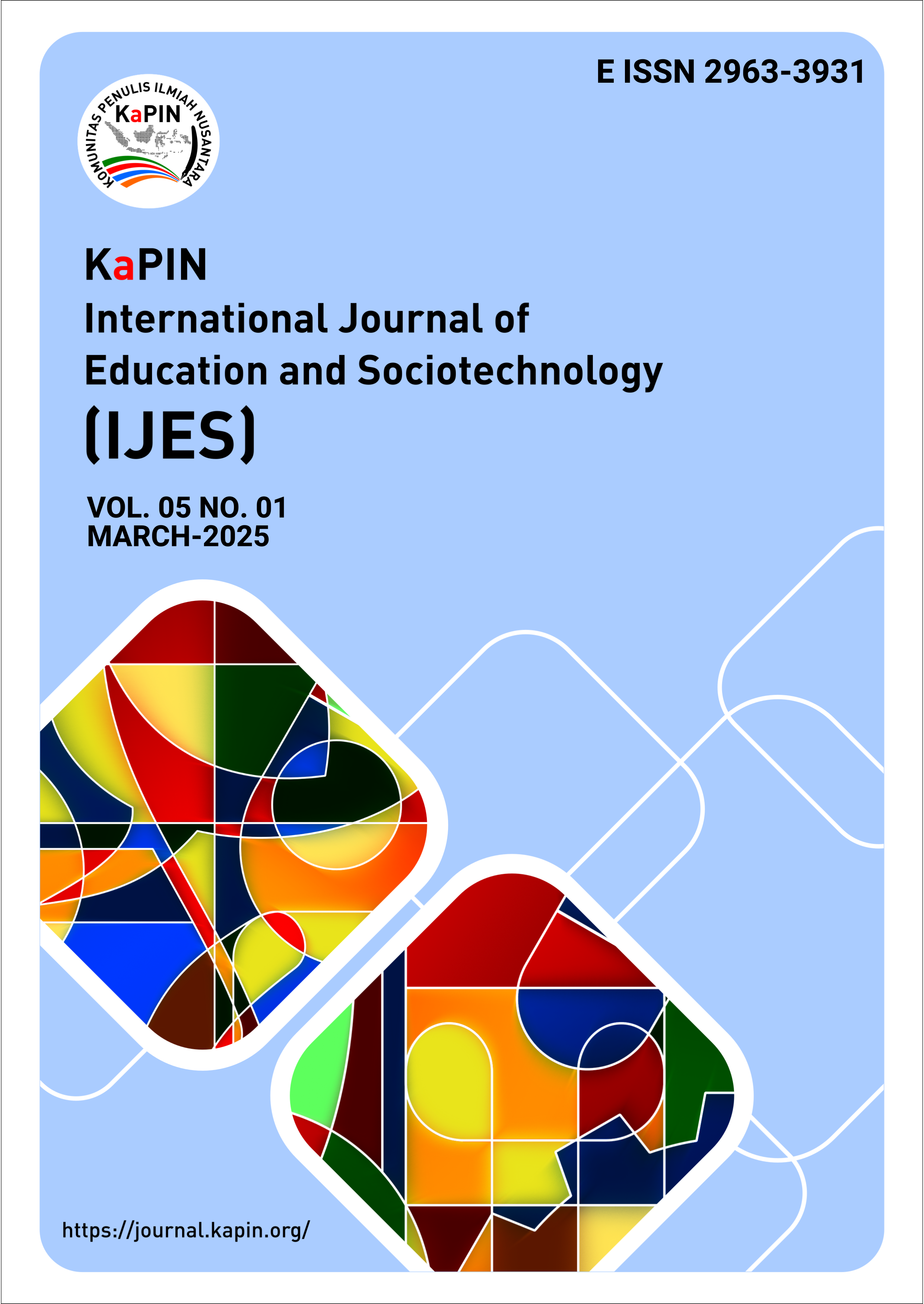ISLAMIC RELIGIOUS EDUCATION TEACHERS’ EFFORTS TEACHING PRAYER TO AUTISTIC STUDENTS USING AUDIOVISUALS
Keywords:
PAIBP Teacher, Prayer, Autistic Children, Audio-Visual, Inclusive EducationAbstract
This study aims to describe the efforts of Islamic Religious Education and Character (PAIBP) teachers in teaching prayer to children with autism at the State Special School (SLB) in Tenggarong. The research method used was qualitative field research with data collection techniques consisting of observation, interviews, and documentation. The subject of the study was the PAIBP teacher, while the object was the process of teaching prayer to autistic students. The findings show that the teacher’s efforts were carried out through three stages: planning, implementation, and evaluation. In the planning stage, the teacher adjusted the learning process to the students’ needs and characteristics by preparing a flexible lesson plan (RPP) and selecting visual-based media. In the implementation stage, the teacher applied direct practice, repetition, positive reinforcement, and individualized approaches adapted to the students’ emotional conditions. In the evaluation stage, the teacher emphasized the process, participation, and development of students’ religious behavior rather than academic outcomes alone. The study confirms that the success of teaching prayer to autistic students is greatly influenced by the teacher’s empathy, creativity, and patience, as well as the support of the school and parents. These strategies align with the principles of inclusive education, which value diversity and enable prayer to become a meaningful spiritual experience for students.
Downloads
Published
Issue
Section
License
Copyright (c) 2025 International Journal of Education and Sosiotechnology (IJES)

This work is licensed under a Creative Commons Attribution-NonCommercial-ShareAlike 4.0 International License.
Journal by International Journal of Education and Sosiotechnology (IJES) is licensed under a Creative Commons Attribution-NonCommercial 4.0 International License












